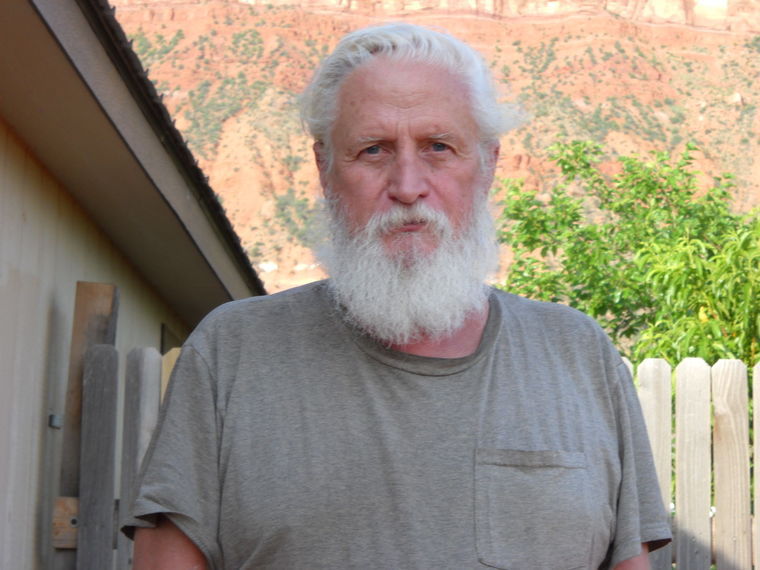After seeing the Southern Utah Wilderness Alliance’s (SUWA’s) complaints about several Bureau of Land Management Resource Management Plan Travel Plans, I have to comment on the process for Grand County as mentioned by Lynn Jackson (“BLM announces deal to end years-long lawsuit,” Jan. 19-25, 2016 Moab Sun News).
I too participated in the BLM’s 2008 RMP Transportation Plan. We considered many factors, such as archaeology, environment and the purpose of each road. Several roads were taken out of important archaeological sites. We didn’t propose any roads remain open into BLM Wilderness Study Areas although there were a few we had proof of use extending back to when most of the original Government Land Office (GLO) plats were created (mostly in the late 1800s and early 1900s in Grand County).
SUWA’s original complaint looked to be a computer-generated analysis of the plan with a proximity filter without taking into account that two roads could appear to be within a short distance of each other, although they were actually quite a distance apart by elevation or destination. They never explained what criteria they used for their study except that it took any existing roads out of their Redrock Wilderness Proposal whether or not they were maintained roads or served a purpose.
While the county and the BLM agreed to disagree on a few roads, we eventually came to an agreement on a plan. Because so much of our local economy depends on people being able to use our road network to work and play, this was an important step for the RMP. The plan became roads were open unless posted rather than you can travel anywhere you want. All of that was posted on the ground. We worked together to make modifications to the plan when conditions and travel patterns changed. There was one area that was open to cross country travel in the White Wash Sand Dunes in the Ruby Ranch area.
Many folks were involved with the development of the travel plan the county originally proposed to the BLM, including Rick Showalter, Jack Bickers, Hans Weibel, Ber Knight, Dave Cozzens, Ride with Respect and many others. The Blue Ribbon Coalition provided feedback. We also asked for feedback from The Nature Conservancy, and even SUWA. We allowed anyone who wanted to ride along when we documented and GPS-recorded the road network. When we finished, there were over 6,000 miles of “roads” in Grand County. Everything from I-70 to the narrowest two-track. I can’t remember the exact number of miles in the travel proposal but I believe it was right around 3,000 miles.
The entire review of the RMP Travel Plan took us about two or three months if I remember correctly. We went from quad (7.5-minute topo maps) to quad and reviewed any conflicts the BLM staff had noted. Sometimes a single map could take a day or so to cover, while others took only a few minutes if there were no problems.
So many roads were in riparian areas just due to the fact that streams are often the “route of least resistance” in this area. There were other places where there was no way to pass through an area without disturbing lithic scatters, mining camps or old cowboy camps. There had to be a cut-off as to what had to be avoided. We decided that any site of importance or on the National Register had to be avoided if at all possible.
It got complicated in several areas, but we were able to come up with solutions usually that neither side was happy about, but we could live with it. It’s called compromise and it seems to be a trait that we seem to be missing a great deal today in our government. It seems to have become a dirty word.
The survey itself was a history lesson. You just never knew what you were going to find at some of the locations. I remember finding a Led Zeppelin “Houses of the Holy” album cover in an old trailer house in the Yellowcat area. Another time it was a very small tricycle in an overhang somewhere else. Sometimes it was the bottles and cans that told you the story of what had happened in the past.
For me, the R.S. 2477 process was a history lesson and an opportunity to get to know this area in a way not many others have been lucky enough to experience. But it was something different to everyone involved, from the governor down to those of us out in the field collecting the data. That was just my memory of a special time in my career in this county we call home.
Although I never expected to see it in my lifetime, I am glad to see the resolution of the R.S. 2477 controversy happening in a peaceful and respectful manner.
David Vaughn is a former assistant road supervisor for the Grand County Road Department.
For me, the R.S. 2477 process was a history lesson and an opportunity to get to know this area in a way not many others have been lucky enough to experience.



